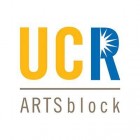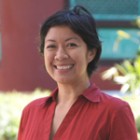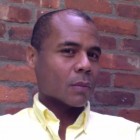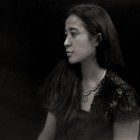CA+T Interview with Việt Lê
Interviewed via E-mail
December 28, 2017
Madalyn K. Le, CA+T Interviewer
Việt Lê, Artist, Writer, and Curator
Madalyn Le: What was your first magnetizing moment to photography and film, particularly the art of producing a music video? Who are some artists that inspired you during the beginnings of your work?
Việt Lê: Before the digital revolution, my first art music video trilogy was entirely analog, when I was getting my M.F.A. at the University of California at Irvine about twenty years ago. I remember days, weeks, months at the editing bay splicing film, cutting my fingers, taping the tiny segments together, sprinkled with blood (metaphorically and literally!). In the photo darkroom, there was something similarly meditative, transfixing about fixing the images. I would come in with daylight, and by the time I left it was dark—vampire diaries. The remaining film on the floor, remains of the day.
That’s my equivalent of walking through the snow to (art) school back in the day. In this case, the snow is video static. Static images come to life.
Speaking of snow, I was inspired by experimental works addressing “snow queens” (slang for those who fetishize white gays, according to Urban Dictionary)—works dealing with the politics of queer desire and representation. For instance, filmmaker Richard Fung and his seminal (semen-al?) article on gay pornography “Looking for My Penis” (1991) and filmmaker/scholar Celine Shimizu’s book The Hypersexuality of Race: Performing Asian/American Women on Screen and Scene (Duke UP, 2007) address and redress Asian desire, mass media representation and the conscription of gender, sexuality and race—both its erasure and hypervisibility along certain tropes.
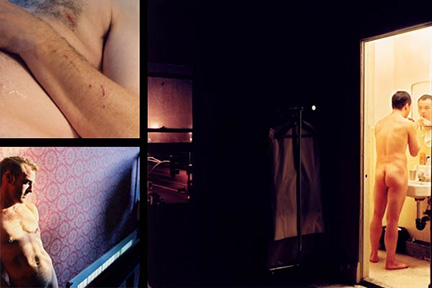
Image: 1
Việt Lê
2016
pictures of you series (collage of images), 2002-ongoing
C-prints, approx. 5” x 5” each

Image 2:
Việt Lê
2016
untitled (Sam), from the pictures of you series, 2002-ongoing
C-prints, approx. 5” x 5” each
Nguyễn Tân Hoàng’s mission to create a queer Asian popular culture, including his film 7 Steps to Sticky Heaven (1995) embodied the ways in which personal and political desires were intertwined, between the sheets, on the streets. (See also Nguyễn’s book A View from the Bottom: Asian American Sexuality and Representation, Duke UP, 2014). At UC Irvine (where I later taught), I had profound mentors who uniquely personified engaged critical and creative practice (in alphabetical order): Catherine Lord, Daniel J. Martinez, Yong Soon Min, Connie Samaras, among many others.
Back to snow—white out, fade to black: I was also inspired by Chris Burden’s work, particularly the “commercials” for broadcast television during the “television war,” the Việt Nam War—the last instance in which the bloody spectacle of overseas combat entered US homes. In Through the Night Softly (1973), it’s as if analog television’s snow has crystallized into shards of glass on the ground, Burden crawling on concrete, sprinkled with blood, cutting a figure and cutting himself through glass, darkly—human remains, the remains of the cutting room floor.
ML: You seem to work a lot with the concept of the portrait and how that might shift visualizations of the body and illness; have these representations and visualizations changed for you as you produce more work as they enter/span different forms of the body and illness, of queer bodies and illness?
VL: In my earlier work, particularly during and after my father’s two-year terminal illness (and my own simultaneous cancer scare), I was concerned in the series still with individual illness as a metaphor for the failure of ideology and the political body. I was then also dealing thematically with loss and the long shadow of HIV/AIDS in a continuing body of work entitled pictures of you. I was thinking of Susan Sontag (Illness as Metaphor and AIDS and its Metaphors, Picador, 2001), Douglas Crimp, Joan Didion (The Year of Magical Thinking, Vintage, 2007), Foucault. Trauma and desire.
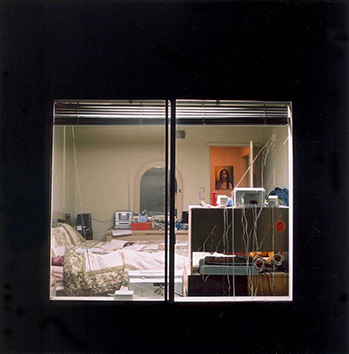
Việt Lê
2001-05
untitled (girlhood among ghosts)
Lambda print face-mounted on Plex
Edition of 5 + 1 AP
36" L x 36" W x 1" D framed (91.4 x 91.4 x 2.5 cm)
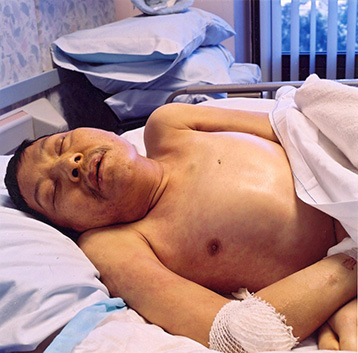
Image 4:
Việt Lê
2001-05
untitled (The Death of Marat)
Lambda print face-mounted on Plex
Edition of 5 + 1 AP
36" L x 36" W x 1" D framed (91.4 x 91.4 x 2.5 cm)
According to the Washington Post’s real-time National Police Shootings Database, there have been 971 fatal shootings this year alone (as of December 28, 2017; daily the list grows). We are cannibalizing ourselves. These killings on our streets can be linked to longer histories of violence and empire, which is obscured under different guises. Make America great again; make America hate again. And again: the US Asian Exclusion Act of 1924 barred Asians and Arabs and also restricted immigration for Eastern and Southern Europeans. The Obama administration deported more than 2.7 million immigrants—a record for any presidency. As of October 2017, President Trump is proposing restricting the number of immigrants to 45,000, down from 110,000 in 2016. But this isn’t limited to our gold coasts and miracle miles. Brexit and the outcry over the European refugee “crisis” suggest an unnerving political pendulum swing. Political victories and losses do not compare to the loss of rights, livelihood, of life itself.
What do we do as a (social) body with threatening growth? We isolate, excise: through incarceration, corporeal punishment, banishment (think deportation, travel bans, Muslim bans)—yet through the Enlightenment discourse of rational helpfulness; racial uplift; liberté, egalité, fraternité; love. As Marguerite Duras writes of colonial desires, “love unto death.” Death is the end-logic of disease, of dis-ease, of being ill at ease.
The real illness is our fear (of terrorists, immigrants, refugees, others). Refusal is an option, an opting out of the ideological and real violence of empire, patriarchy, hetero- and homo-normativity. We do not want to be #winning (#whining?) if success means capitulating to capitalism’s misogynist, racist, ageist demands. We don’t have to give in, give up, cede to others, secede from ourselves to succeed. If to “succeed” under heteronormative patriarchy is to follow an ideal weight, age, skin color, (re-)productive timelines, ad nauseam, we choose to fail, un-follow, be fallow. The embrace of failure opens up critical and creative possibilities. Muñoz notes, “Within straight time the queer can only fail; thus an aesthetics of failure can productively be occupied by the artist for delineating straight time’s measure” (174). Artist Sowon Kwon notes that being perfect and perfectly average—exceptional yet unthreatening (model citizen, model minority)—strands us intersectional feminists in no man’s land.
As our American idols fall (Weinstein, Lauer, Rose, Spacey, Cosby, et al)—the fathers falter—their embodied pinnacles of success and predation, a pestering symptom. “A festering pustule in a diseased industry,” director/actress Sarah Polley called Weinstein in a New York Times op-ed. Beyond op-eds, no option: up end, opt out.
We want to fail. We want to fail if corporate excess (execs, sex), captains of industry are quietly complicit in perpetuating decades, centuries of trauma.
How do we question, query, and queer our inherited timelines and cultural mythologies and individual myths? This is the queer art of failure, to use Halberstam’s term. As Muñoz observes, utopia is also predicated on failure, an impossible horizon. This is the paradox of desire—love, beauty, community are implausible ideals yet ones we continually strive for. To want to fare better is to fail better.
Illness and its metaphors. We cannot “be illin’” (Netflix-and-chillin’) when our bodies, our political bodies, and our earth is in a state of emergency. In critical condition, we need critical mass, creative intervention—an ethics of refusal—in our despair and desires.
ML: Through most of your work, themes of return, haunting, and the spectral, but also vibrancy, collectivity, and virality surfaces through this idea of staging. What does interrogating the concept and practice of staging mean to you? How does this “frame” your work?
VL: Staging invokes two things for me. First, the stages or steps of life—its cycles. In this sense, my work deals with haunting, return, ghosts, and melancholia. In my academic book, I am working towards a theory of return. In thinking through refugee “returns” to the heart of empire, I am reconsidering melancholia (the eternal return, the wound which is racialization, as Anne Cheng argues). The politics of grief has something to do with it.
In the chapter entitled “Violence, Mourning, Politics,” in Precarious Life: The Powers of Mourning and Violence (Verso, 2008), Judith Butler writes, “To grieve, and to make grief itself into a resource for politics, is not to be resigned to inaction, but it may be understood as the slow process by which we develop a point of identification with suffering itself” (197). How do we mourn lives lost, and to echo Butler and Yen L. Espiritu, what makes for a “grievable life”? In Body Counts: The Vietnam War and Militarized Refuge(es) (U of California P, 2014), Espiritu asks, “why do certain killings of racialized bodies not lead to an ethical crisis? Why do certain nations continue to be able to engage in war, seemingly without consequences?” I am compelled to talk about aggrieved geopolitics and ungrieved lives, but I do not want to perpetuate the pornography of trauma. This leads to my other use of “staging”—using camp, dark humor, and spectacle to underscore our “screen memories” (to use Marita Sturken’s take on Freud), which obscures harsher realities. In short, putting the camp in refugee camp, as my earliest films and latest video attempt (heARTbreak!) to do. I’ve been wrestling with this for over a quarter century! You could call it a hauntology.
Việt Lê
heARTbreak! (teaser)
2017
HD video, color, sound, projection, dimensions vary
Duration: 1 min. 21 sec.
Courtesy of the artist
Secondly, I think of “stage” within the theatrical or cinematic sense—the scene and setting of action, mise en scene. I am also interested in what is off-scene, “obscene” as Sylvia Chong puts it. All of my work is “staged” in some way, and I am acutely sensitive to how images and discourses are framed, the circuits of gendered looking: the gaze and the gays. The world of images, the world target, as Rey Chow puts it.
Beyond the vibrancy and virality as you put it, I am working through this idea of “sonic spiritualities” through experimental video work. Since it is about the spirit, this isn’t fully fleshed out (bad pun). It’s a conjuring, a convening with spirits. In Specters of Marx: The State of the Debt, the Work of Mourning and the New International (Routledge, 1994), Derrida asks, “Is not to possess a specter to be possessed by it, possessed, period. To capture it, is that not to be captivated by it?” This is the dialectal between the material and the immaterial: possession and being possessed.
What I can offer is an older poem which may touch upon what you frame as the dyad between haunting/spectrality/return and collectivity/vibrancy.
Circling
(A Prayer for Geshela Gyeltsen)
Fly droning in the suburban temple
suddenly stops.
Do you believe in reincarnation?
Geshela asks. You’ve been my mother,
brother, father, sister through thousands of lives.
Sitting on crimson
pillows on crimson carpet—
not my blood
relatives, these strangers
nodding, yes.
What forms does one take
after a lifetime, after exhaustion?
Who believes in countless cycles
of winged joys and hunger, circling samsara
not remembering—slow buzzing,
then shedding of husk, another life.
I willfully forget my reincarnations
this life: high school dropout, angry
son, refugee insect, unfaithful
lover, sparrow-child; let me begin
again, let me forge myself anew, a believer
in small kindnesses
under the gaze of this dying
Tibetan monk. I forget and forget.
Light shifts across walls,
Sunday again.
Endless suburban lawns midday:
sprinklers hissing thousands
of small sorrows remembered,
spraying arcs that leave no trace
but green and void,
yes, tell me again and
again.
ML: I’ve been thinking a lot about borders lately. In Queer Horizons, your piece heART/break! pulls viewers into a transnational (a borderless imaginary?) realm of collectivity across many double binds (“longing and loss, desire and despair”) and this site of the orphanage and refuge. How does this contextualize your work within a Queer Southeast Asian diasporic context, and what does this mean to you?
VL: I’m curious to hear your thoughts on borders.
Borders are at once porous (for the cosmopolitan) yet increasingly policed. In our age of selfies and (self-)surveillance, there are no boundaries between privacy, piracy and privation. I try to imagine otherwise (more on imagination in Part II), remixing the bounds of temporalities and topographies, similar to how memory or science fiction operates.
As the lovebang! trilogy is a time- and space- traveling work, I use fantasy to re-image, recast (both as in a cast of characters, or casting a shadow) the traumas of history and modernity. Again Muñoz: “Queer fantasy is linked to utopian longing, and the two can become contributing conditions of possibility for political transformation.”
Through spectacle, I try to recall, envisage erasure—multiple and simultaneous displacements. Connecting refuge, refugees and militarization, Espiritu writes, “if you resurrect the history of the displacement and flight of the Vietnamese people, you will simultaneously call attention to other histories that have been systematically erased.” I am most interested in the process of systemic erasure, this invisibilty and hypervisibilty, and connecting nodes in time and space.
The last of the trilogy, heARTbreak! was filmed in Bangkok in a fantastical, surreal boy bar-cum “refugee camp” (connecting refugees then and now—Southeast Asian refugees and Syrian refugees). The heARTbreak! video is the outgrowth of my 2015 solo exhibition at H Project Space Bangkok, on the top floor of H Gallery Bangkok. The show was comprised of three related installations/interventions based on the 125-year-old building’s former life as a colonial-era Christian orphanage. Querying time and space, the inter-related projects/interventions reference the former orphange site, as well as Southeast Asian refugee camps in Thailand (2015 was the 40th anniversary of the military engagements in Southeast Asia).
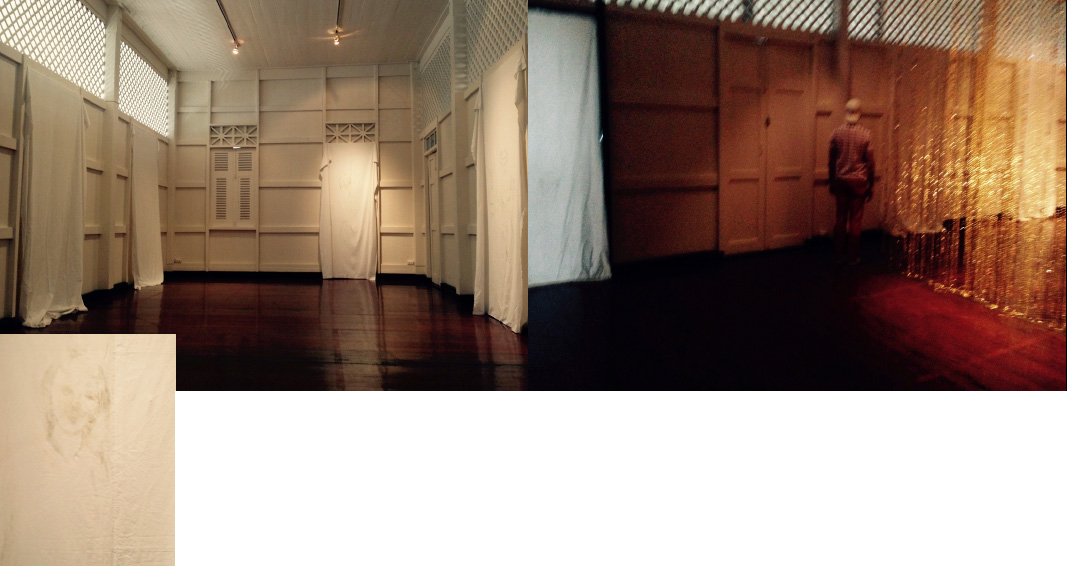
Image 5:
Việt Lê
vestige solo exhibition
mixed media installation view, dimensions variable
(2014-15)
Courtesy H Gallery Bangkok.
In a durational performance (December 24-29, 2014), I “occupied” H Project Space, conducted research, as well as embodied the historic figure of a lovelorn orphan who once lived in the building. During the meditative performance, I strung together beads—religious and otherwise (with the assistance of community volunteers)—to form another “curtain” to be hung up inside the space. Dealing with longing and loss, desire and despair, the works reference Felix Gonzales Torres’ mournful installations of curtains (Untitled [Loverboy], 1989/9) and beads (Untitled [Golden], 1995) as well as Lawrence Chua’s novel Gold by the Inch (Grove, 1998).
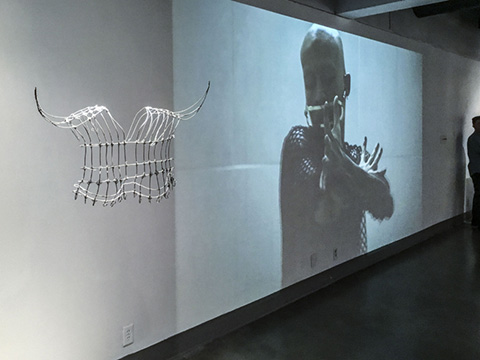
Image 6:
Việt Lê with Khvay Samnang and Jamie Maxtone-Graham
2016
eclipse mixed media installation view
2017
HD video, color, sound, projection, dimensions vary
Duration: 6 min. 6 sec. Courtesy Kellogg University Art Gallery, California State University Pomona
Download [PDF]
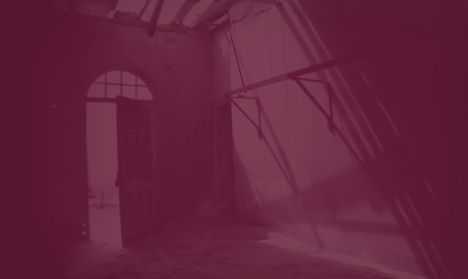
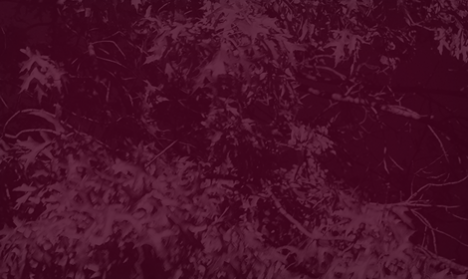
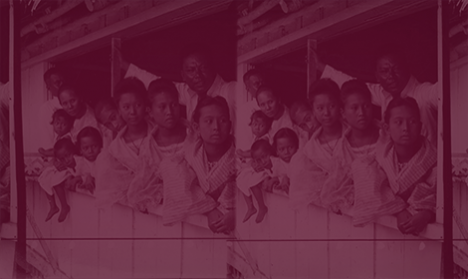
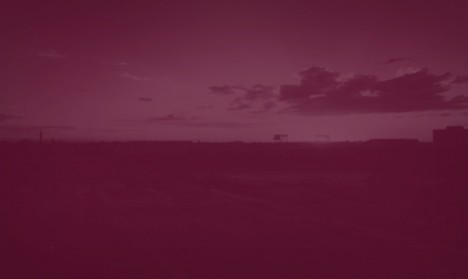

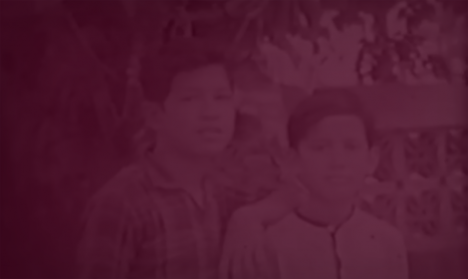
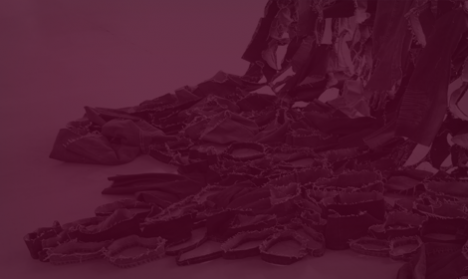
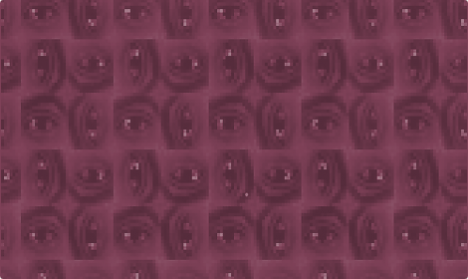

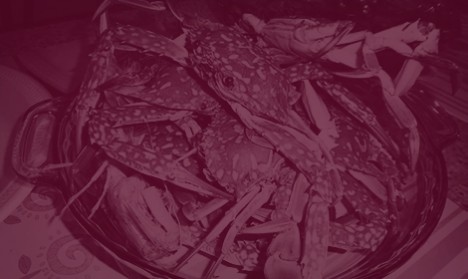




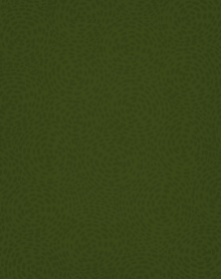
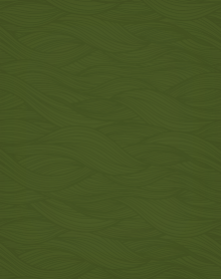
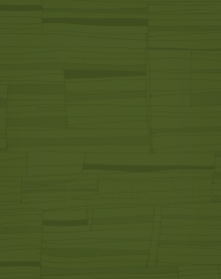
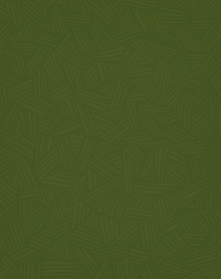

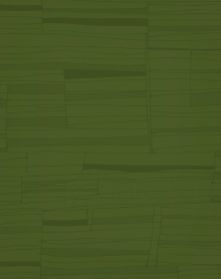

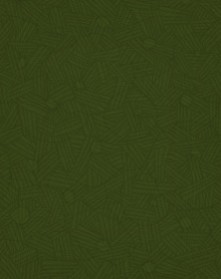
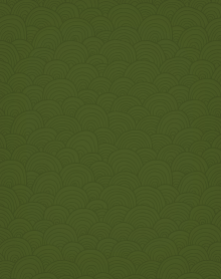
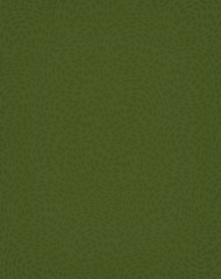
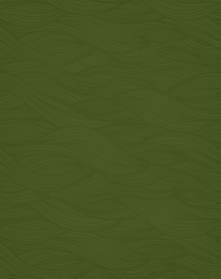
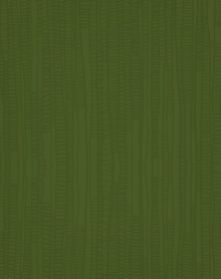
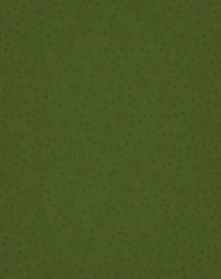

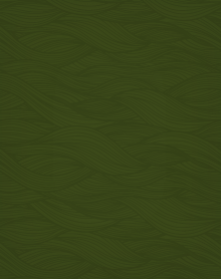
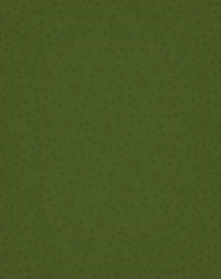
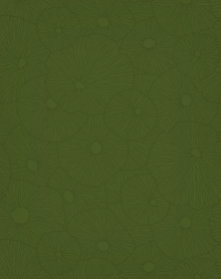
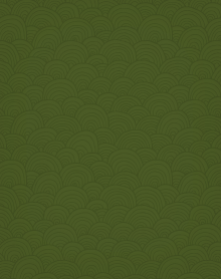

.jpg)




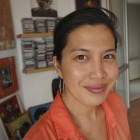


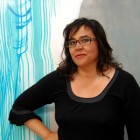
.jpg)
.jpg)
.jpg)

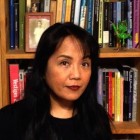


.jpg)
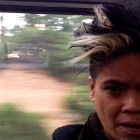


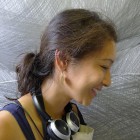

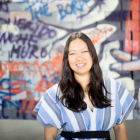
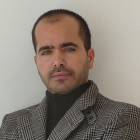
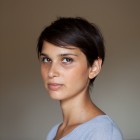
.jpg)


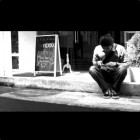

.jpg)


.jpg)
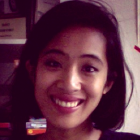

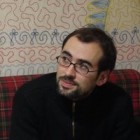
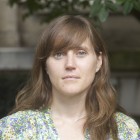
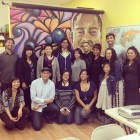

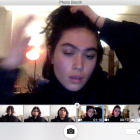
_Cropped.jpg)
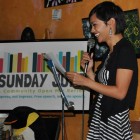
.jpg)
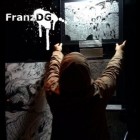


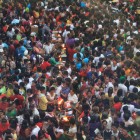


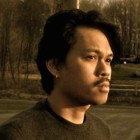
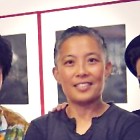
.jpg)
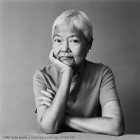
.jpg)


.jpg)
.jpg)
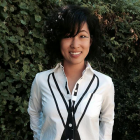

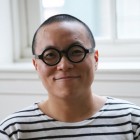
.jpg)


.jpg)




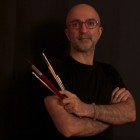


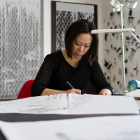
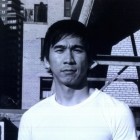
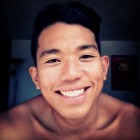
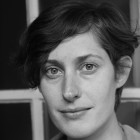
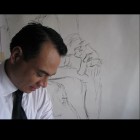
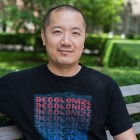
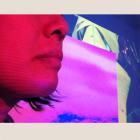
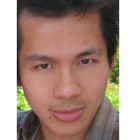
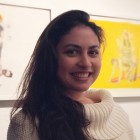

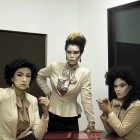
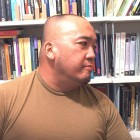
.jpg)
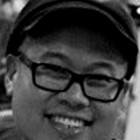
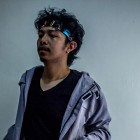
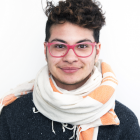

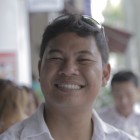

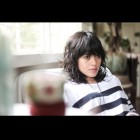
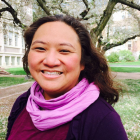
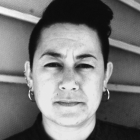

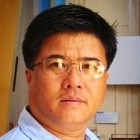

.png)





.jpg)
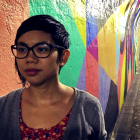
.jpg)
.jpg)




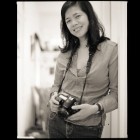
.jpg)
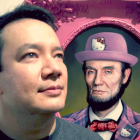
.jpg)
.jpg)
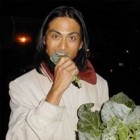
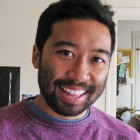

.jpg)
.jpg)
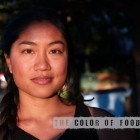

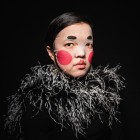
.jpg)
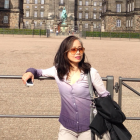


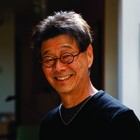
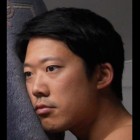
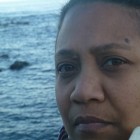
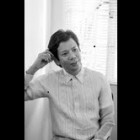
.jpg)
